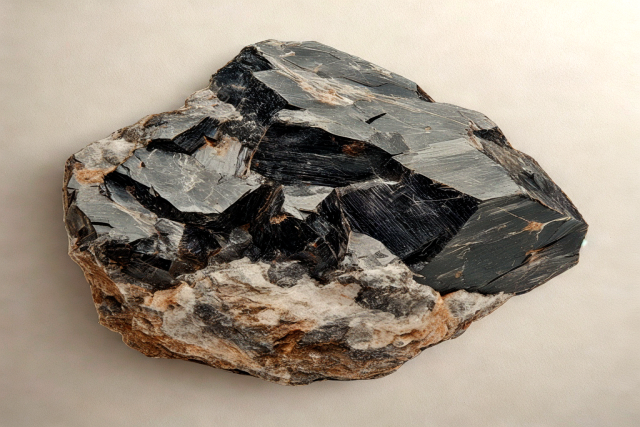
Mining for ilmenite results in severe ecological impacts, such as mining generally does for so many minerals. Though ilmenite is highly essential for making titanium dioxide products used in various things, starting from paints up to aerospace pieces, the entire process of finding and processing that valuable mineral ends up causing serious environmental issues. This has involved research and adopting more environmentally-friendly technologies and methods in its operations with more keen need currently in the contemporary world. For a deeper look at the Ilmenite Industry, check out report by coherent market insights.
Ilmenite mining environmental impacts.
Habitat Destruction and Land Degradation
Among other issues, one major environmental impact related to the extraction of ilmenite through mining is habitat destruction. Due to the openness of open-pit mining extraction methods, usually extensive open-pit mining disrupts ecosystems very drastically. Because all the soil will be ripped apart to dig down to obtain the ilmenite-rich sand deposits, some plant and animal habitats such as forests, wetlands, or their combinations may end up getting cleared. In addition, the removal of vegetation and soil results in land degradation, which can take years or even decades to restore.
Water pollution
Most processes of ilmenite mining often require a large amount of water to recover mineral-rich sands and wash them, which can result in water contamination due to this water becoming contaminated with chemicals, heavy metals, and silt. Tailings, the leftover waste products of ilmenite extraction, may sometimes be discharged into neighboring rivers or streams, contaminating the water supply and posing a danger to aquatic life.
Emissions of carbon
Carbon emissions are also to be generated in the process of mining and processing ilmenite as a large number of energy inputs are required in the extraction process, mainly fossil fuel unless open-pit mining involves machinery and heavy equipment. Smelting and refining processes require high temperatures and significant energy input, contributing to carbon emissions.
Initiatives for Sustainable Mining Methods
Recycling and Water Management
Contemporary mining of ilmenite has enhanced the management systems of water. A number of companies are establishing closed-loop water systems, through which water used in mining is recycled to reduce the pressure on the adjacent water supplies. The complexity in filtering and treating the water from the complex structures is done for minimal contamination into the surrounding bodies of water, where complex treatment systems are also being constructed.
Eco-Friendly Processing Technologies
Ilmenite mining and processing are becoming less polluting and more energy efficient with the use of green technologies. For instance, the industry is researching how to power mining operations using solar and wind energy to reduce dependence on fossil fuels and carbon emissions.
Restoration of Land
Today, many firms are compelled by law or industry codes to undertake rehabilitation initiatives towards restoring the land when mining operations cease. Among these include natural habitat restoration, reconstruction of ecosystem, and regeneration of vegetation.
Ilmenite mining does have a detrimental effect on the environment; some of the biggest issues pertain to habitat destruction, water pollution, and carbon emissions. The industry is, however well on the move toward sustainability. Mining companies would anyway try to minimize environmental effects as far as possible by deploying technology, enhancing their water management capabilities, and recommitting themselves to land rehabilitation. Thus, the sector of ilmenite mining would likely remain a dynamic force and continue its evolving process while being driven more powerfully.






